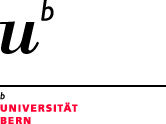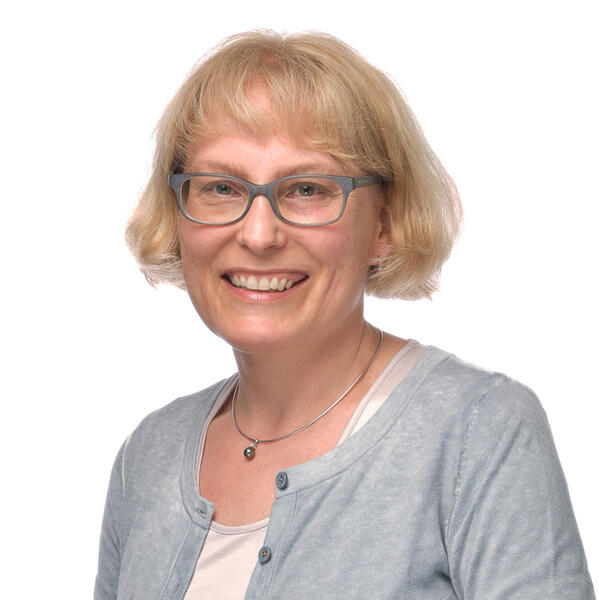In 2018, the IML moved to a new location at Mittelstrasse 43, into the beautifully renovated and historic building, the former headquarters of the Swiss Federal Railway company (SBB). After having spent many years scattered across various locations, it is a true joy now working all together in a university environment, along with more than 10 other institutes and institutions. At the new site, the IML is a part of a medical cluster from the Bern medical faculty, with the Institute of Social and Preventive Medicine (ISPM), the institute of family Medicine (BIHAM), the Clinical trial unit (CTU) and also the offices of the Graduate schools (GCB and GHS) are now next door. This is an enrichment for cooperation and efficient work. Within the new setting, one tradition remains: The IML is again located at the roof floor, with an astonishing view of the city and the Alps. Unfortunately, the view comes with the cost of blazing heated offices in the warm months of the year.
As the IML is an accentuated interdisciplinary institution, reflecting the field of ‘medical education’, we can now work with our team of physicians, social scientists, computer scientists, technicians, administrative staff and apprentices under one roof. The contiguity between application and research is both a characteristic and a requirement in the field of medical education, which is also reflected in our activities as a functional balance between delivering multiple services for assessment and teaching and as well as a broad range of research activities.
In 2018, both the faculty of medicine in Bern and the federal exam commission for human medicine decided to deliver all exams fully computerised in the near future. The implementation of this shift is an overarching process for our institute, not limited to assessment. Higher education institutions in general are now at the threshold of paperless teaching, learning and assessment. It is astonishing, that this shift has taken so many years, knowing that computers are a normal part of our lives since many decades. The IML has been preparing this shift intensively over the last years. In our activities, the digital transformation is reflected in new work processes, tighter data security regulations have impact on our organisation and data handling, expectations towards accessibility of systems and functions are increasing, tolerance for interruptions is decreasing. Processes are becoming more complex and the transparency for all stakeholders is inevitably decreasing. This is a challenging but necessary shift, in which the full realisation of the opportunities will still continue to evolve.
Another challenge in 2018 was the preparation and inauguration of a 2500 m2 new skills lab and a learning centre at the former Ziegler-Hospital for all practical clinical learning purposes of the medical faculty in Bern. Both facilities are operated by the IML in the name of the medical faculty. By way of example, modern video equipment was installed in more than 40 rooms to enable students and tutors to record or watch trainings and other activities. Students can manage and access their own videos from trainings, and give access to other peers and tutors for feedback purposes.
In the ongoing processes, it is inspiring to see that the new generation, our students, act as a relevant force in pushing innovation, challenging traditional teaching, and proactively suggesting changes. In my experience, our students are open to (technical) innovations related to medical education. With a steady increase of students to educate - the increase of “+100” students in Bern entered the curriculum in 2018 - the balance between what must be- and should be done in order to provide optimal educational conditions remains a challenge.
Sissel Guttormsen

